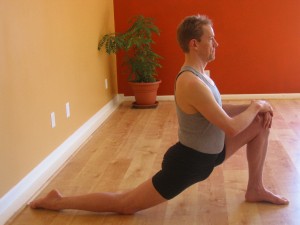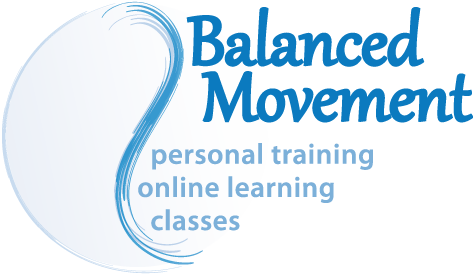Debunking the Myth: Sore Hamstrings Need More Stretching
Brian Beatty, PT, CFP
(Connecting Front to Back and Left to Right)
If you have attempted hamstring stretching but not been able to change your issue, you may want to evaluate your flexibility in the front of the hip on the opposite side from the sore hamstring (or both sides if they both complain). Research on running gait shows an interesting relationship between the hamstrings and hip flexors on opposite sides.
In running gait the hamstring reaches it’s maximal length just prior to the forward moving foot striking the ground. The hip flexor reaches its maximal length just as the rear leg begins to leave the ground. Interestingly, these two actions occur simultaneously. If you think about this, it makes sense, so what? Well, the interesting part of the research is that if the hip flexor is tighter on one side than the other, it will automatically cause you to contract the hamstring excessively on the other side during your running gait. Meaning if one leg gets tight as it moves back, the hamstring must be excessively active to stop the other side from moving forward.
At best, this creates imbalances and inefficiencies in running. At worst, it causes injuries or perpetuates them so that full healing never occurs. Here are a couple of movements that one can use to assess symmetry. In an ideal world, both of these will feel the same on each side. If you notice a difference, then you know where you need work.
Low Lunge: Start the low lunge with the back knee directly under the pelvis and the thigh vertical. Bring the pelvis forward as far as you can without changing the curve of the spine.

Forward Bend on Wall: Place the feet equal distance from a wall and then lean the pelvis back so that both sides make equal contact with the wall. From this position, forward bend so that any differences or shifts can be clearly detected.

Categories: Articles




